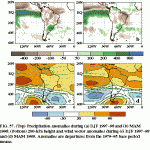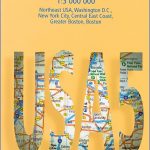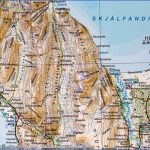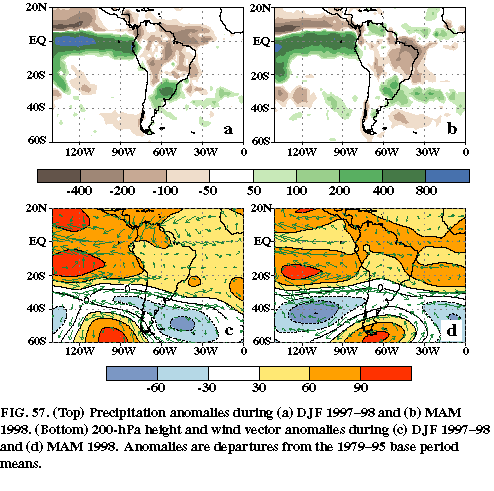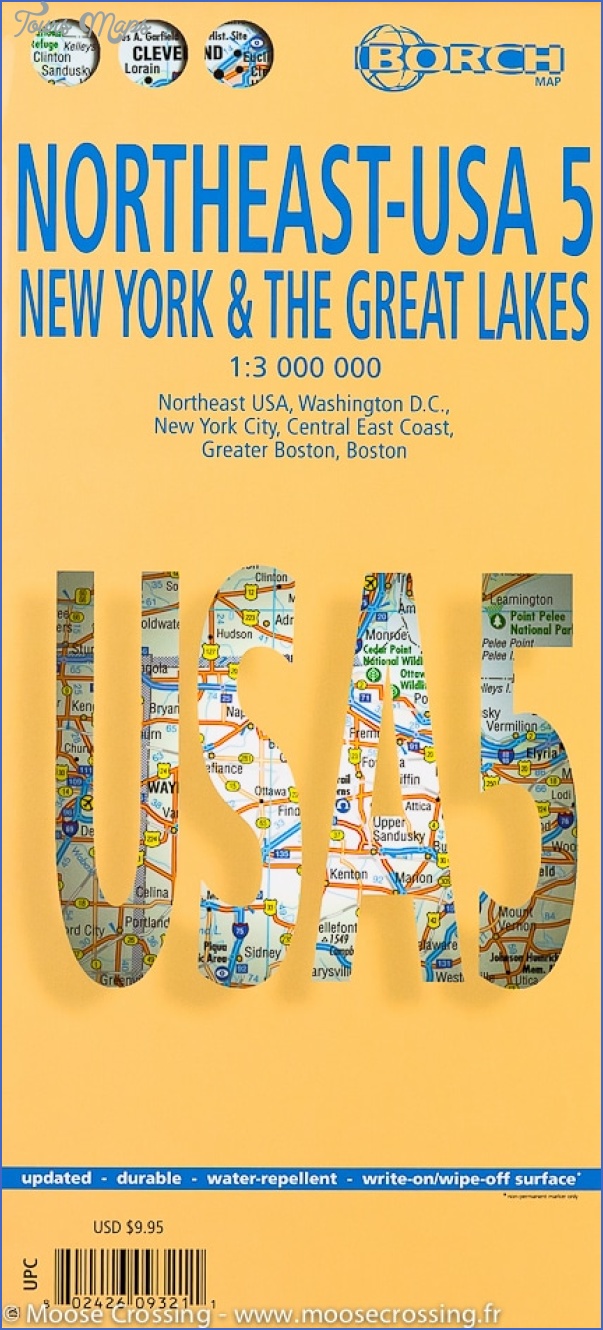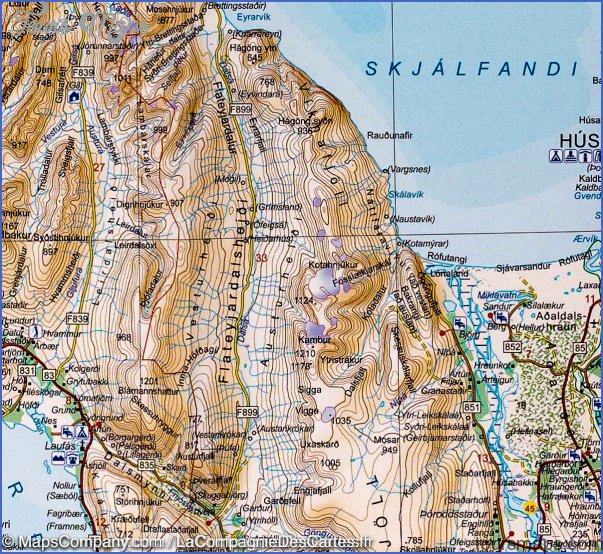Along Routes 3, 5, & 10
Few visitors venture into the sparsely populated northern half of eastern Paraguay. This area, consisting of the departments of San Pedro, Amambay, Canindeyu and Concepcion is less developed, with fewer roads and less infrastructure than their southern counterparts. While safety concerns have lately kept the flow of tourists to a minimum, each department has sites worth visiting.
Heading northeast from Asuncion, Route 3 passes through the satellite cities of Mariano Roque Alonzo (where the Trans Chaco Highway begins) and Limpio before arriving at the small town of Emboscada. The town is known mainly for two things: its sandstone mining tradition and the quirky patron saint festival during which participants don costumes made of feathers and dried banana leaves. Further east is the town of Arroyos y Esteros. The town’s name, which means Creeks and Marshes, aptly describes the landscapes in this part of Paraguay. Route 3 then enters the department of San Pedro. It is here that Fernando Lugo built his reputation as a left leaning arch bishop and advocate of farmer’s rights before eventually winning the presidency in 2008. San Pedro is one of the poorest departments in Paraguay, a situation that has given rise to frequent protests and calls for land reform
The small town of San Estanislao (more commonly known as Santani) marks the crossroads with Route 10, which continues east to the department of Canindeyu, and the road south to Coronel Oviedo. It is a good place to stock up on supplies or stop for lunch, if you are in a private vehicle. Continuing north about halfway between Santani and Yby Yau is Santa Rosa del Aguaray which is the turn off for one of Paraguay’s most unique tourist attractions, Rancho Laguna Blanca. A white sandy beach at the edge of a pristine lake, Rancho Laguna Blanca is as close to a private beach vacation as you can get in this landlocked country. The beach attracts all manner of visitors from city folk from Asuncion to families from nearby Mennonite colonies.
Yby Yau marks the cross roads with Route 5 which runs East-West. To the East is the Parque Nacional Cerro Cora national park. The park is easily accessible from the main road and has many trails leading through the lush vegetation. Cerro Cora is historically significant as a former Triple Alliance War battleground and the site where Mariscal Lopez met his death at the hands of Brazilian troops. Many use the nearby city of Pedro Juan Caballero as a base for visiting Parque Nacional Cerro Cora. Though the city has a reputation for being haven to drug traffickers and other unfriendly elements it is very pleasant and surprisingly modern. Pedro Juan Caballero and neighboring Brazilian city Ponta Pora blend together seamlessly, divided only by a double wide avenue that extends the length of both cities.
To the west along Route 5 is the port city of Concepcion at the banks of the Paraguay River. Known as la Perla del Norte (the pearl of the north) Concepcion has always been a major shipping hub for goods coming from the Paraguayan Chaco as well as Brazil, via Pedro Juan Caballero. A handful of passenger ships dock in Concepcion, making the city a popular departure point for adventurous backpackers heading north on the river to Vallemi, Fuerte Olimpo and Bahia Negra or
south to Asuncion (see Traveling Along the Paraguay River). Backpackers also enjoy staying at Granja El Roble, a small farm in the nearby town of Belen. This cute family run farm is an excellent place to relax while planning your next Paraguayan adventure with German owner Peter Dirk. Vallemi, the northernmost city of the department of Concepcion, is home to a series of limestone caves as well as the country’s largest cement factory.
With the exception of Brazilians who flock to Salto del Guaira to buy cheap electronics, the department of Canindeyu is rarely visited by tourists. However, as one of the last remaining reserves of Atlantic Forest, the Reserva Natural Mbaracayu is well worth a visit. A small community of Ache Indians live in the forest, which is also the habitat of the rare guyra campana (bell bird).
Traveling along Routes 3, 5, & 10
Extreme poverty and porous borders have lead to a series of safety advisories for tourists traveling to this area of Paraguay. Foreigners are advised by the US State Department to steer clear of the departments of Amambay and Canindeyu due to the prevalence of marijuana plantations and trafficking, especially along the border with Brazil. In addition the departments of San Pedro and Concepcion have recently seen the rise of the Ejercito del Pueblo Paraguayo (EPP) members. This small left wing group has been labeled a terrorist organization by some but characterized as merely small group of bandits by others. The EPP has been linked to a handful of high profile kidnappings over the past decade and throughout 2010 there were several violent confrontations between the police and alleged EPP members. For the most part common sense should be enough to keep foreigners out of trouble as they have not been specifically targeted by drug traffickers or EPP members. It is best to refrain from camping or straying too far off the beaten path and to steer clear of potentially controversial topics of conversation (such as drugs and politics). Travel along paved roads is generally safe and may include police or military checkpoints but tourists should refrain from driving along smaller roads in Canindeyu and Amambay.
Recommended bus companies: NASA, La Santaniana (though bus quality may vary so be sure to ask for a doble piso).
Northeastern Paraguay Map Photo Gallery
Maybe You Like Them Too
- The Best Cities To Visit in The World
- World’s 10 Best Places To Visit
- Coolest Countries in the World to Visit
- Travel to Santorini, Greece
- Map of Barbados – Holiday in Barbados

